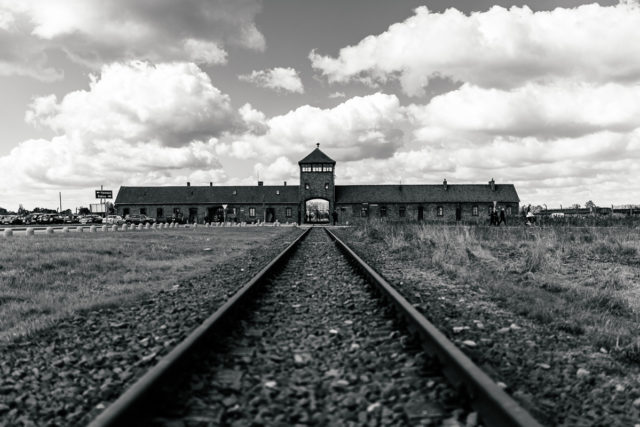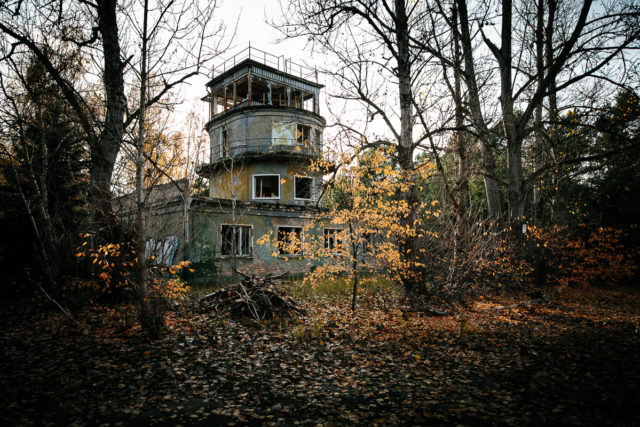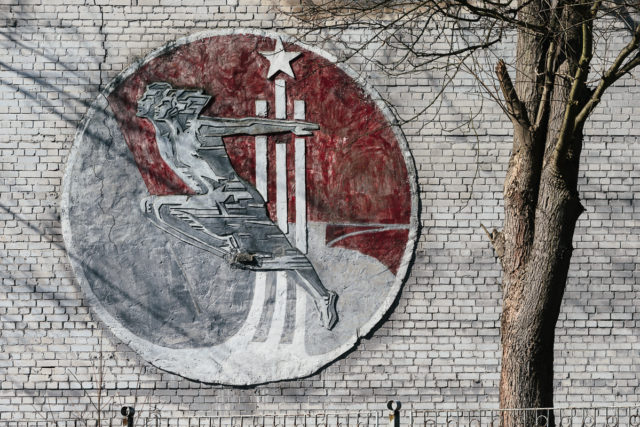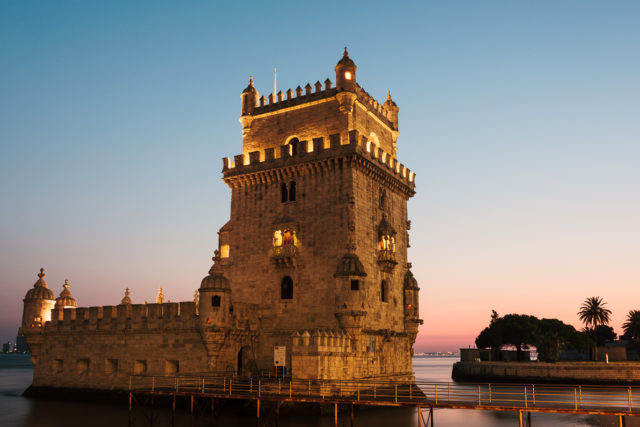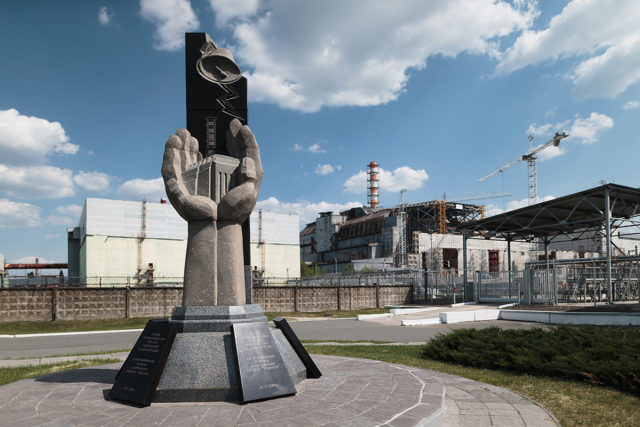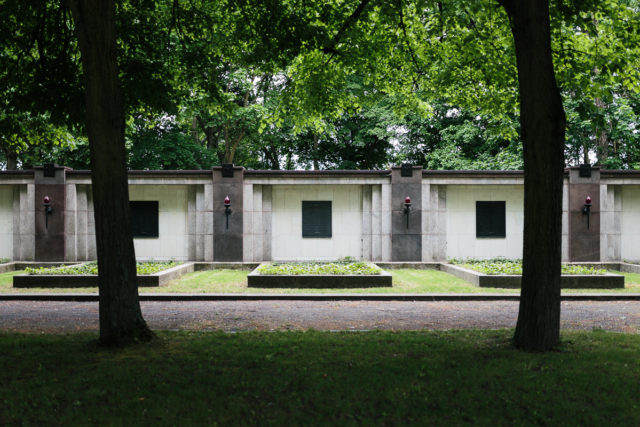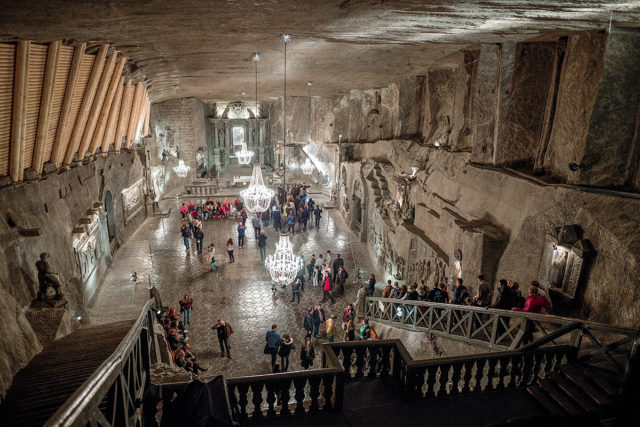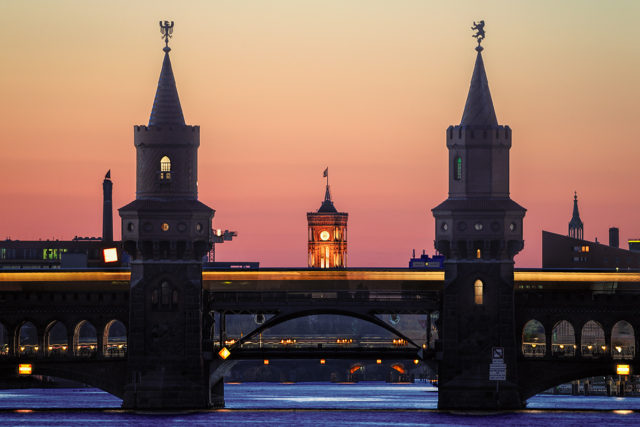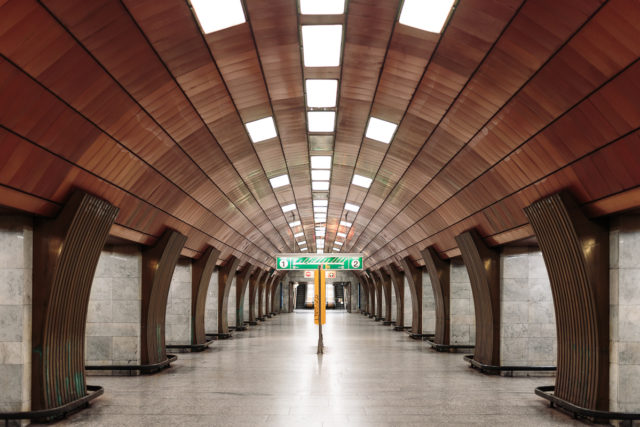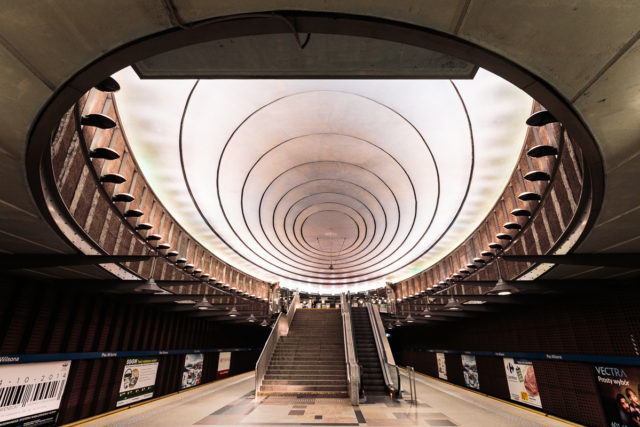January 27th, 1945, that is 71 years ago, the Red Army liberated the camp complex of Auschwitz. Since then the name of that South Polish town stands representatively for the biggest atrocities of mankind and for the ugliest side of war…
Read More
“Heather of the Mark, Sand of the Mark” – that is what Brandenburg State’s anthem is all about and to the south of Berlin, in Sperenberg you can find plenty of it as meanwhile nature took over from once deployed Soviet airmen. Being built by GDR for its big brother and comrade in arms, the Russians used the airfield until 1994.…
Read More
Krampnitz near Potsdam, at the doorstep of Berlin, was a big military base of the tank troops of former GSFG, the Group of Soviet Forces in Germany. More and more abandoned witnesses like Krampnitz disappear as they get reconquered by nature again or humans level everything to the ground.…
Read More
To document the network of the Metropolitano de Lisboa as a part of my photo project I made it back to the capital of Portugal. Funnily enough I booked the flight exactly for the same weekend of September like I did 8 years ago, when I put my feet in Lisbon ground for the first time.…
Read More
Pripyat ghost town is situated in northern Ukraine, where the country borders with Belarus. In 1986 there, only some 120km away from the capital Kiev, an epic catastrophe happened when the nuclear core of reactor 4 of nearby Chernobyl nuclear power plant melted and caused an explosion. The detonation contaminated the proximity poisoning it for thousands of years.…
Read More
The Battle of Berlin in 1945 claimed more than 170.000 killed soldiers and several ten thousands of dead civilians. More than half a million people got wounded, physically as well as mentally. The Soviet War Memorial at Schönholzer Heide in Berlin’s Pankow district is final resting place to more than 13.000 Red Army soldiers that fell victim to that final combat…
Read More
The South Polish town of Wieliczka hosts a very special UNESCO World Heritage: one of the oldest salt mines on our planet hosting the world’s largest underground chapel. Being located approximately 100 metres below the surface, the chamber got carved into the rock salt under the village whose name literally means “Great Salt”.…
Read More
Berlin-based bridge Oberbaumbrücke is a symbol for many things: Where nowadays cars, metros and tourists cross Spree River from north to south, was once the border between the East and the West. The former border strip was guided by the course of the river; a route, that today is famous for pleasure boat trips.…
Read More
If it’s rush hour in Prague and you miss a metro train by an inch only, then you merely have to wait 115-150 seconds until the next train pulls into the station. That’s top-notch in Europe, in particular in the background of only 1.2 million people living in Prague. The trains of Pražské Metro bomb along three lines through the underground of the Golden City, connecting old as well as brand-new stations that tell the modern history of the Czech capital…
Read More
Following the course of Vistula River, Poland’s one and only underground stops at 21 stations in Warsaw’s underground. Consisting of only one single line being in operation, about 370.000 people use the coaches shuttling along the 23.1 kilometres long track. Planning and design actually having started in the 1920’s finally saw and end when in 1995 Metro Warszawskie started operations.…
Read More
